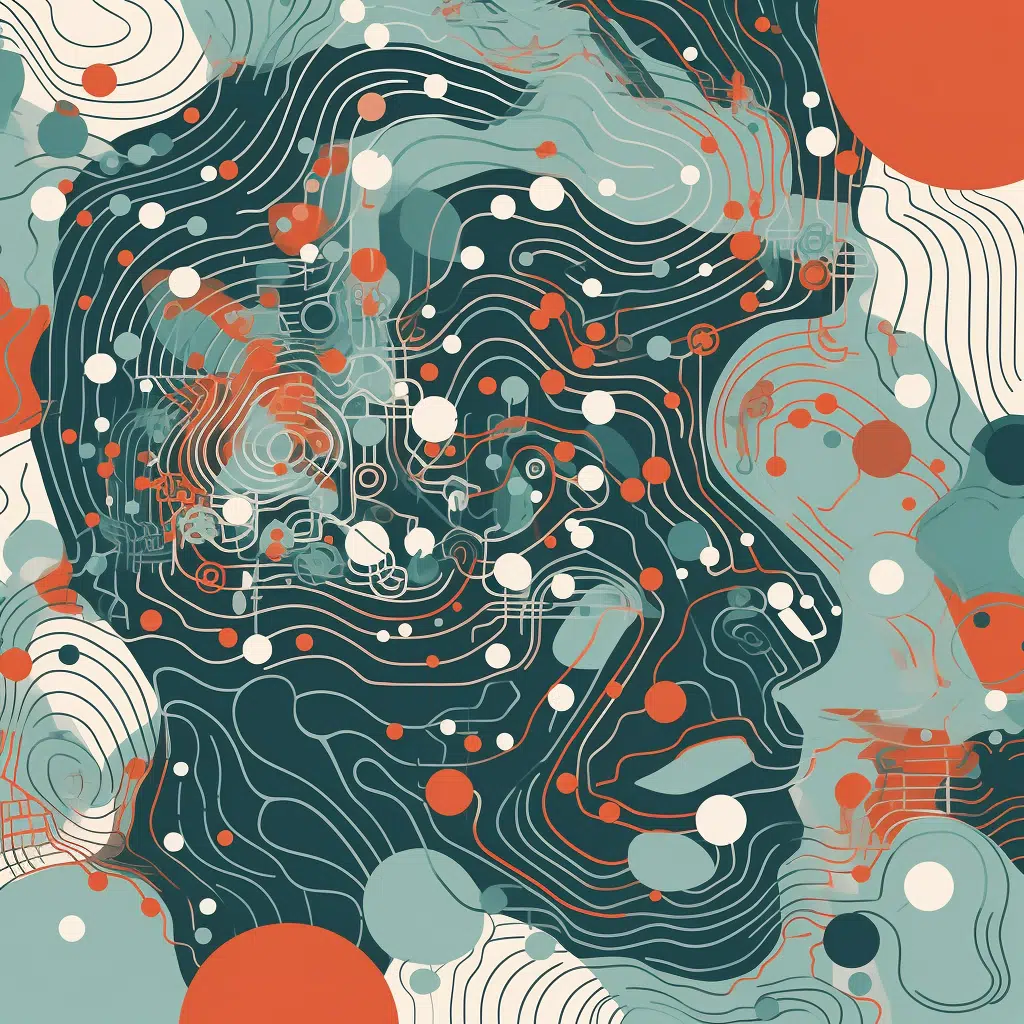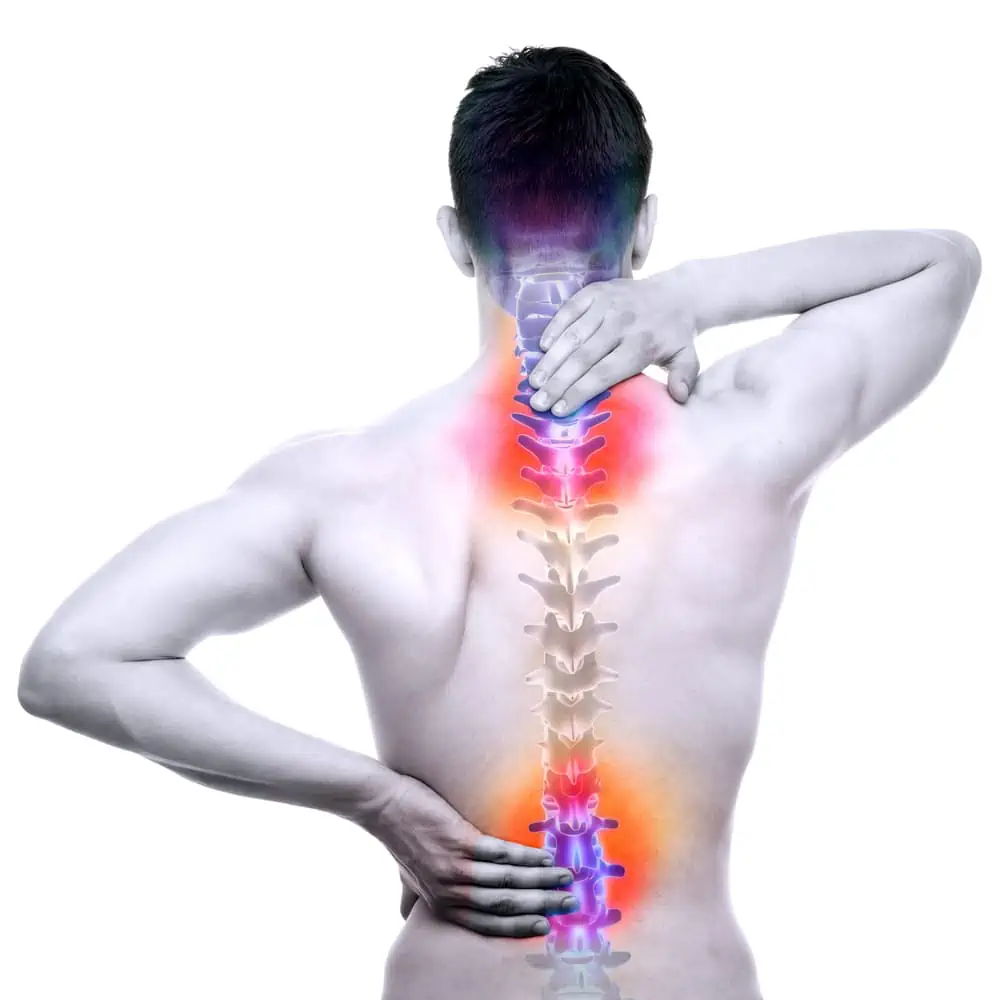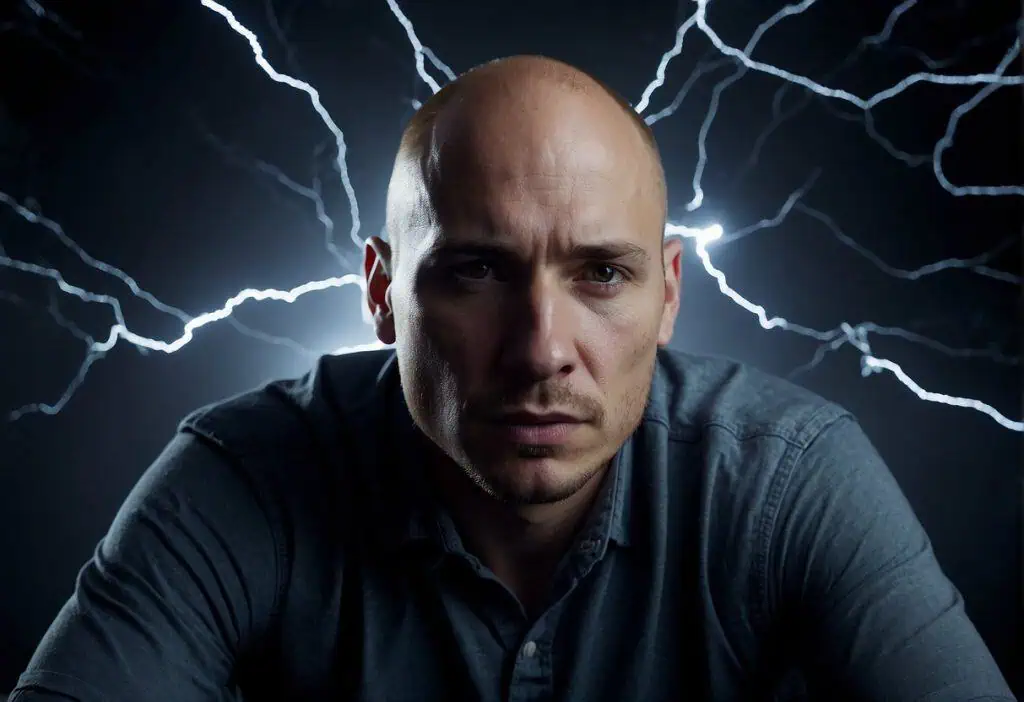Occipital Neuralgia is a distinct type of headache characterized by piercing, throbbing, or electric-shock-like chronic pain in the upper neck, back of the head, and behind the ears, specifically where the occipital nerves run through the scalp. It is often confused with migraines or other types of headaches, due to similarity in the symptoms. However, it is a unique condition that stems from the occipital nerves either being injured or inflamed.

Understanding this condition is imperative for both patients and healthcare providers to manage and treat the symptoms effectively. Proper diagnosis is typically established through clinical evaluation, including a physical examination and sometimes diagnostic nerve blocks. Treatment for Occipital Neuralgia can vary, ranging from pharmacological methods to nerve blocks, physical therapy, and in some cases, surgery.
Key Takeaways
- Occipital Neuralgia is characterized by intense head and neck pain.
- Diagnosis involves clinical evaluation and may include diagnostic nerve blocks.
- Treatment options range from medications to physical therapy and surgery.
Understanding Occipital Neuralgia
Occipital Neuralgia is a distinct type of headache characterized by piercing, throbbing, or electric-shock-like chronic pain in the upper neck, back of the head, and behind the eyes. Understanding this condition requires an in-depth look at the structures involved, the potential causes, and the symptoms that distinguish it from other types of headaches.
Anatomy of the Occipital Nerves
The occipital nerves are two pairs of nerves that originate near the second and third vertebrae of the neck. These include the greater and lesser occipital nerves, which play a vital role in conveying sensory information from the back of the head to the brain. Injury or compression of these nerves can lead to Occipital Neuralgia.
Causes and Risk Factors
Injury to the neck muscles, compression of the nerve by tight muscles, inflammation, and certain diseases like arthritis or gout can trigger Occipital Neuralgia. Tumors and blood vessel inflammation may also be involved. A pinched nerve in the neck commonly results from prolonged neck tension or repetitive movements.
Signs and Symptoms
We identify Occipital Neuralgia by its clinical signs and symptoms. These typically include:
- Aching, burning, or throbbing pain that starts in the neck and travels upwards.
- Intermittent shocking or shooting pain.
- Pain may be on one or both sides of the head.
- Sensitivity to light or pain behind the eye of the affected side.
Symptoms could be triggered by even light touch, like brushing hair.
Differential Diagnosis
Distinguishing Occipital Neuralgia from other types of headache disorders, like migraines or tension-type headaches, is critical for treatment. This differentiation is based on the pain’s nature and location, as well as the absence of nausea and other migraine symptoms. Our diagnosis involves ruling out other causes of similar aches, such as nerve irritation elsewhere.
Diagnosing Occipital Neuralgia

As we explore the diagnosis of Occipital Neuralgia, we focus on thorough physical examinations and medical reviews to pinpoint the source of pain. Our approach also includes the use of diagnostic imaging and a comprehensive neurological assessment to accurately identify this condition and differentiate it from similar disorders.
Physical Examination
We begin by performing a physical exam to search for any tenderness along the path of the greater and lesser occipital nerves. Patients may report pain when we apply pressure to these areas, which is a characteristic sign of Occipital Neuralgia.
Medical History Review
Our next step involves a detailed review of your medical history. We seek to understand previous injuries or conditions that could influence or trigger Occipital Neuralgia. We also consider the onset, duration, and nature of your symptoms.
Diagnostic Imaging
Although there is no definitive imaging test for Occipital Neuralgia, we occasionally utilize MRI scans to rule out other causes of headache that could mimic or occur alongside Occipital Neuralgia. This helps us ensure that underlying structural issues are not overlooked.
Neurological Assessment
Finally, a neurological exam is conducted to assess for any abnormalities in nerve function. If other neurological disorders are suspected, we might perform additional testing. In some cases, a nerve block is used; if it provides temporary relief, this response supports the diagnosis of Occipital Neuralgia.
Treatment Options

When we consider the management of Occipital Neuralgia, we assess a variety of treatment options aimed at providing pain relief and reducing inflammation. These treatments range from medications to surgical interventions, each tailored to the individual’s symptoms and response to therapy.
Medications
We often recommend starting with medications to manage the pain associated with Occipital Neuralgia. This could include:
- Anti-inflammatory drugs: To reduce inflammation and pain.
- Muscle relaxants: These can help ease muscle tension around the occipital nerves.
- Anticonvulsants: Medications typically used for seizure control can also be effective in managing nerve pain.
Nerve Blocks and Injections
Nerve blocks and injections are a step beyond oral medications. They include:
- Steroid injections: Administering steroids near the occipital nerve can offer significant pain relief.
- Botulinum toxin (Botox): In some cases, Botox injections are used to provide longer-term relief from symptoms.
Physical Therapy and Massage
Physical therapy and massage therapy can be helpful in relieving symptoms by:
- Improving range of motion.
- Strengthening neck muscles.
- Reducing tension that can trigger pain.
Alternative and Complementary Therapies
There are several alternative therapies that patients may find beneficial, such as:
- Acupuncture.
- Heat and cold therapy.
- Relaxation techniques.
Surgical Interventions
When other treatments are not effective, we may consider surgical options:
- Occipital nerve stimulation: Implanting a device to send electrical impulses to the occipital nerves.
- Spinal cord stimulation: Like occipital nerve stimulation, but targeting the spinal cord.
- Occipital release surgery: A procedure to relieve pressure on the occipital nerves.
- Ganglionectomy: The removal of part of the nerve that is causing pain.
Self-Care and Home Remedies

Occipital Neuralgia can be a discomforting condition, but we have the power to manage symptoms from the comfort of our home. Self-care routines and home remedies can often provide relief for the tension and pain associated with this condition.
Heat Therapy
Heat application is one of the most accessible forms of home treatment for Occipital Neuralgia. Using a warm compress can help:
- Alleviate muscle tension around the neck
- Improve blood circulation, which may reduce pain
To implement heat therapy:
- Heat a towel with warm water or use a microwaveable heat pad.
- Apply it to the neck and base of the skull for 15-20 minutes.
- Repeat this process multiple times a day.
Lifestyle Modifications
Modifying daily activities can significantly impact our well-being when dealing with Occipital Neuralgia. These changes may include:
- Adjusting sleep positions
- Ensuring proper posture, especially during screen time
- Incorporating gentle neck exercises to strengthen muscles
Such lifestyle adjustments help in minimizing nerve irritation.
Stress Management
Stress is a common exacerbating factor for Occipital Neuralgia. We should embrace stress reduction techniques that can help manage pain:
- Practice mindfulness and meditation to ease mental tension.
- Engage in low-impact physical activities, like walking or swimming, to reduce stress.
- Consider talking to a therapist to develop better coping mechanisms for stress.
By managing stress, we often see a decrease in the frequency and intensity of pain episodes.
Prevention and Management

In managing Occipital Neuralgia, we focus on prevention and management strategies to minimize risk factors and alleviate symptoms. Our approach includes avoiding nerve compression, maintaining regular physical activity, and periodic medical evaluations.
Avoiding Nerve Compression
One of the fundamental steps in preventing Occipital Neuralgia is to avoid nerve compression. This means paying attention to the cervical spine area to ensure there’s no undue pressure on the occipital nerves. We advise:
- Adjusting posture: Maintaining good posture can help reduce pressure on the nerves.
- Mindful ergonomics: Workstation setups that promote natural spine alignment can prevent nerve pinch or trap.
Regular Physical Activity
Regular physical activity plays a critical role in both prevention and management. Exercise can help reduce overall tension and promote a healthier spine. We recommend:
- Stretching routines: Gentle neck and shoulder stretches can keep the muscles supple.
- Strength exercises: Building strength can support the spine and prevent issues such as disc disease.
Periodic Medical Evaluations
Scheduling periodic medical evaluations with healthcare professionals ensures that any predisposition to nerve compression is identified and managed. We stress the importance of:
- Regular check-ups: Routine evaluations can reveal changes in the spine or emerging areas of tension.
- Continuous monitoring: In the case of diagnosed Occipital Neuralgia, staying vigilant helps us modify management plans in response to your evolving condition.
Complications and Prognosis

In this section, we will explore the potential complications associated with Occipital Neuralgia and its effects on patients, including chronic pain and its impact on quality of life. Additionally, we’ll assess the prognosis for those receiving treatment.
Chronic Pain and Other Effects
Occipital Neuralgia can lead to chronic pain, which may persist even with treatment. Chronic pain is a possible complication that occurs due to continuous nerve compression or irritation. This pain might manifest as a sharp, throbbing, or burning sensation that radiates from the back of the head to the scalp.
Impact on Quality of Life
The relentless nature of this condition can severely impact one’s quality of life. Daily activities can become challenging, and the constant discomfort may lead to heightened stress or depression. The quality of life is further affected if the pain interferes with sleep, leading to fatigue and irritability.
Outlook After Treatment
The prognosis for Occipital Neuralgia varies based on the underlying cause. For many patients, non-invasive treatments such as physical therapy, massage, or medication can provide relief. However, when these do not yield the desired effect, injections or surgery may be considered. Most individuals notice an improvement in symptoms with appropriate treatment, although recurrences are possible, and ongoing management may be necessary to maintain quality of life.
Frequently Asked Questions

In this section, we address some of the most pressing questions about occipital neuralgia to help you understand the condition and how it can be managed.
What are the initial symptoms of occipital nerve issues?
The initial symptoms often include a sharp, jabbing, electric shock-like pain in the back of the head and neck, potentially radiating towards the scalp or behind the eyes. Activities such as moving the neck, touching the scalp, or even hair brushing can trigger these symptoms.
What causes the onset of occipital nerve pain?
Occipital nerve pain can be caused by tight muscles in the neck, compression of the nerves due to injury or inflammation, or even as a result of conditions like osteoarthritis. Stress and physical exertion may also play a role in triggering the discomfort.
Can occipital neuralgia be considered a serious condition?
While extremely painful, occipital neuralgia is not typically considered a serious medical condition. However, because it can be highly debilitating, it is essential to seek professional guidance to manage the pain and rule out other possible causes.
What are the most effective treatments available for occipital neuralgia?
Treatments range from medication management, such as anti-inflammatory drugs, to nerve block injections. In some cases where conservative treatments fail, surgical options might be considered.
Which exercises are recommended to alleviate symptoms of occipital neuralgia?
Exercises focused on neck stretching and relaxation can help manage and even alleviate symptoms. It is important to practice these exercises regularly and ensure they are performed with proper technique.
How long can a occipital neuralgia attack typically last?
An attack of occipital neuralgia can last from a few seconds to several minutes. However, in some cases, the pain may persist for extended periods, and frequent recurrent episodes are possible.










